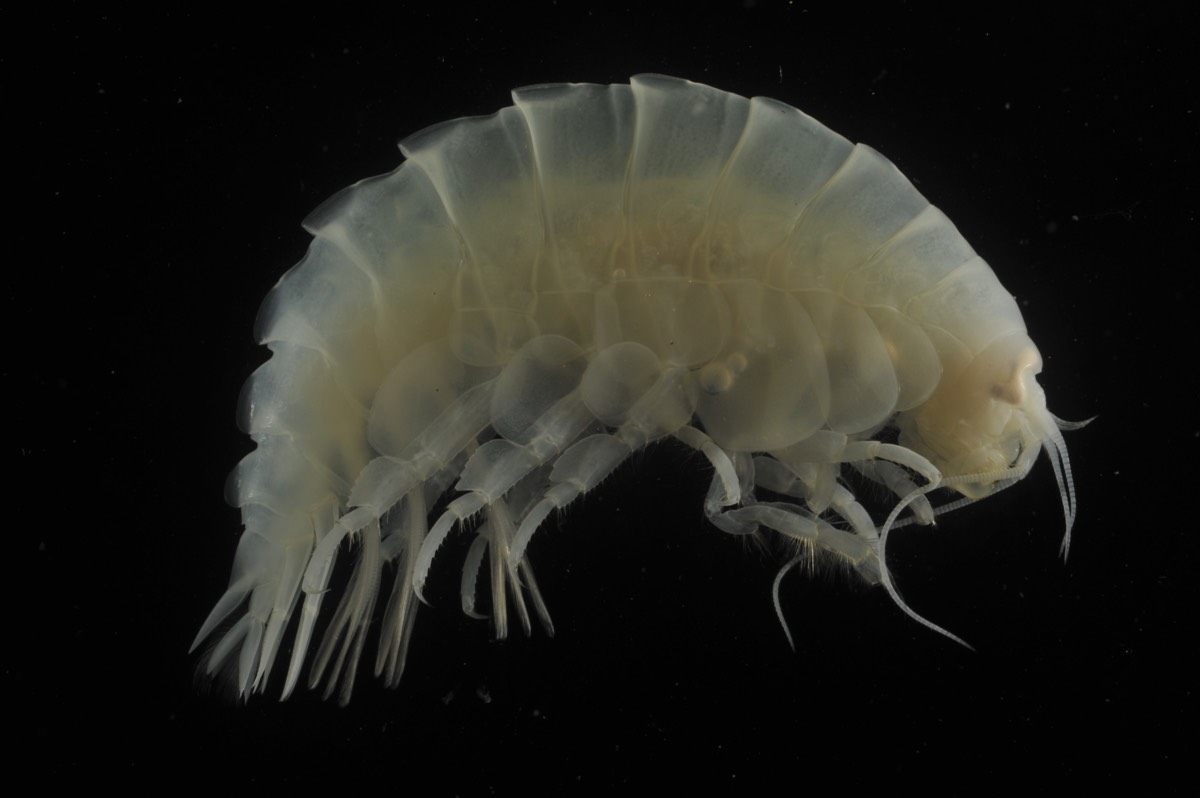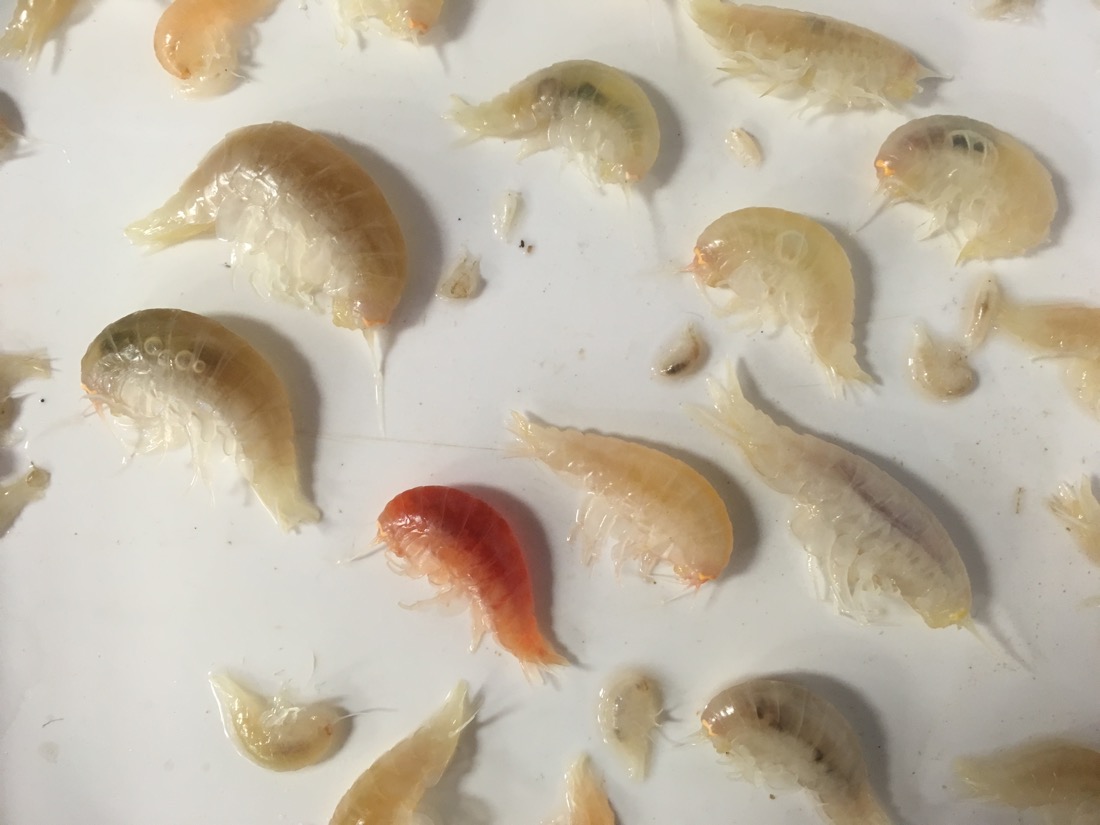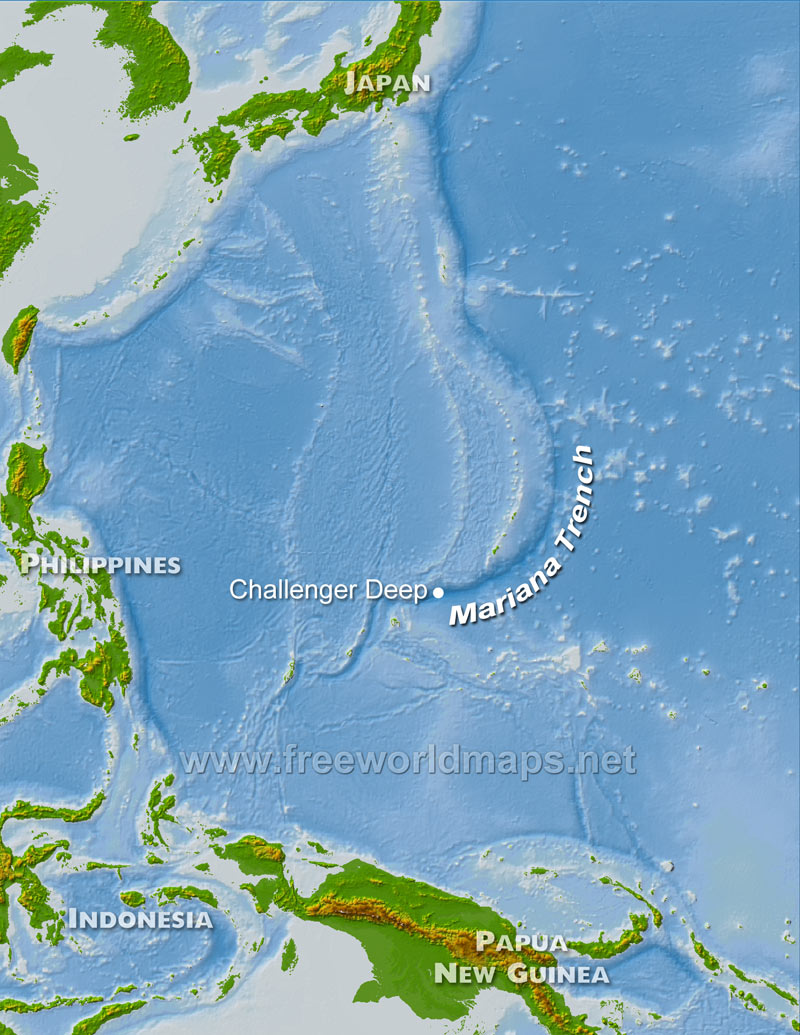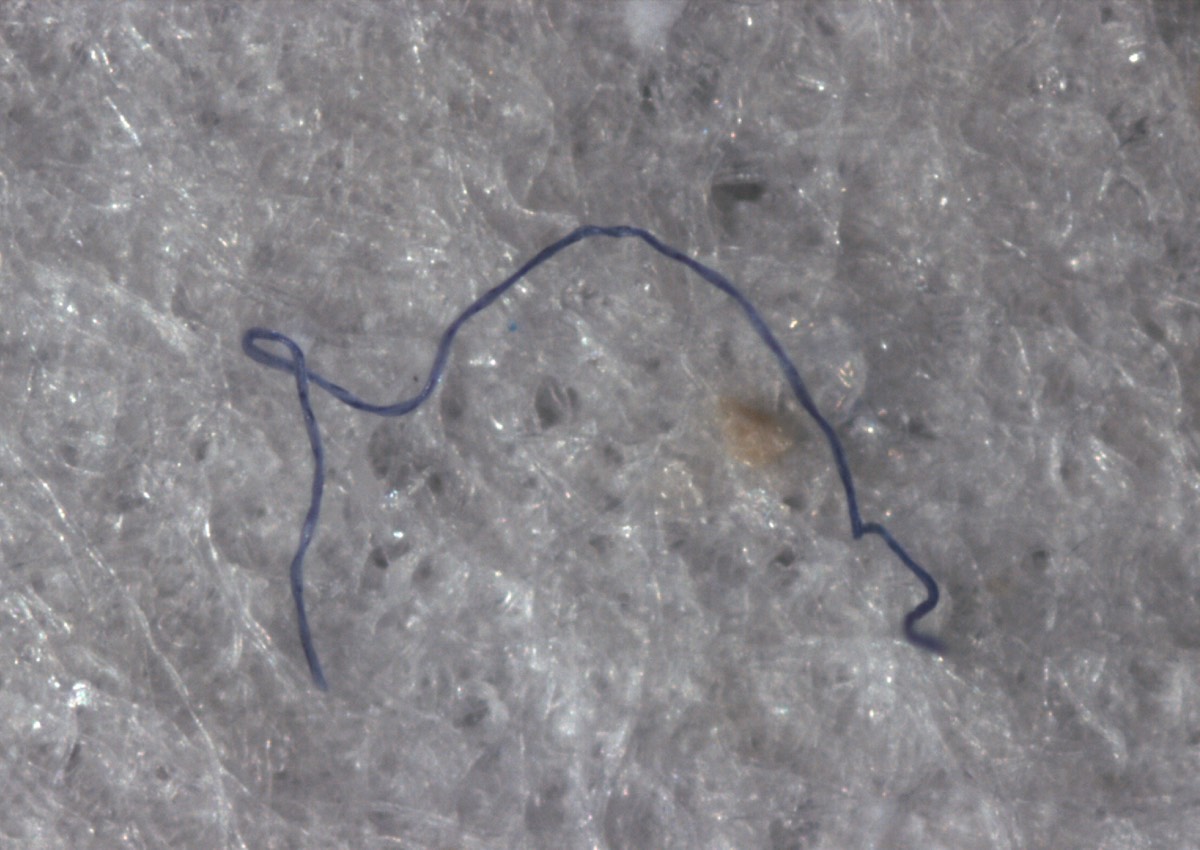Even at 36,000 Feet Deep, Ocean Creatures Have Plastic in Their Guts

No spot in the ocean has escaped the rain of plastic pollution. Not even the bottom of the Mariana Trench.
A new study finds that crustaceans dwelling at the bottom of the 36,000-foot-deep (10,970 meters) trench have microplastics in their guts. In fact, across six deep-ocean trenches in the Pacific, not one was free of plastic contamination, the researchers reported today (Nov. 15).
"Litter discarded into the oceans will ultimately end up washed back ashore or sinking to the deep-sea," study leader Alan Jamieson, a marine ecologist at Newcastle University in the United Kingdom, said in a statement. "There are no other options." [Infographic: Take a Tour from the Tallest Mountain to the Deepest Ocean Trench]
Deep-sea contamination
The research was funded and made public by Sky Ocean Rescue, a campaign by the European broadcast and entertainment company to combat ocean pollution. In February, Jamieson and his team reported in the journal Nature Evolution and Ecology that deep trenches are contaminated by polychlorinated biphenyls (PCBs) and polybrominated diphenyl ethers (PBDEs). PCBs are waxy or oily chemicals used in many industries; they've been banned since 1979 because of concerns over their toxicity. Many PBDEs, which are used as flame retardants, have been banned over concerns that they might disrupt the reproductive, immune and nervous systems.
Jamieson and his team found these two contaminants in crustaceans as deep as 32,800 feet (10,000 meters) in the Kermadec Trench in the South Pacific, and as far down as 33,600 feet (10,250 m) in the north Pacific Mariana Trench.

After that study came out, Jamieson said, the research team got lots of questions about plastic contamination in those trenches. They decided to take a look.
"The results were both immediate and startling," Jamieson said. "This type of work requires a great deal of contamination control, but there were instances where the fibers could actually be seen in the stomach contents as they were being removed."
Sign up for the Live Science daily newsletter now
Get the world’s most fascinating discoveries delivered straight to your inbox.
Accumulating pollution

The researchers used deep-sea lander traps that fall to the bottom of the deepest trenches, carrying with them baited cameras and traps to lure sea life. After an animal triggers the trap, it automatically jettisons its ballast and floats to the surface for pickup from a research vessel.
Out of six trenches sampled — the Mariana, the Japan, the Izu-Bonin, the Peru-Chile, the New Hebrides and the Kermadec — the researchers found none free of plastics. The team tested a total of 90 crustaceans from all of the trenches. The lowest level of contamination found was in the New Hebrides in the southwestern Pacific, where half of the animals sampled had plastics in their guts. The highest level was in the Mariana Trench, where all of the sampled animals were contaminated.

Among the tiny bits of plastic found in the animals' guts were fibers like rayon, lyocell, ramie and nylon, as well as polyethylene, polyamide and polyvinyls. Polyethylene is the plastic used to make plastic grocery bags and plastic bottles. Polyamide is used in synthetic fibers. Polyvinyls include polyvinyl chloride, or PVC, a plastic used in everything from pipes to insulation to credit cards.
There are as many as 5 trillion individual pieces of plastic afloat in the sea, according to a 2014 study, weighing more than 250,000 tons (227,000 metric tons). According to a study published in June 2017, rivers alone dump up to 2.4 million tons (2.2 million metric tons) of plastics into the ocean each year, with 86 percent of this plastic pollution coming from rivers in Asia. Plastics also enter the ocean via litter that is either dropped near beaches or blown to the coastline, according to that paper.
Deep-sea organisms get their sustenance from tiny food fragments that drift down to the deep sea, Jamieson said, so when tiny fragments of plastic join this pelagic rain, those fragments get consumed, too.
"These observations are the deepest possible record of microplastic occurrence and ingestion, indicating it is highly likely there are no marine ecosystems left that are not impacted by anthropogenic [man-made] debris," he said.
Original article on Live Science.

Stephanie Pappas is a contributing writer for Live Science, covering topics ranging from geoscience to archaeology to the human brain and behavior. She was previously a senior writer for Live Science but is now a freelancer based in Denver, Colorado, and regularly contributes to Scientific American and The Monitor, the monthly magazine of the American Psychological Association. Stephanie received a bachelor's degree in psychology from the University of South Carolina and a graduate certificate in science communication from the University of California, Santa Cruz.










